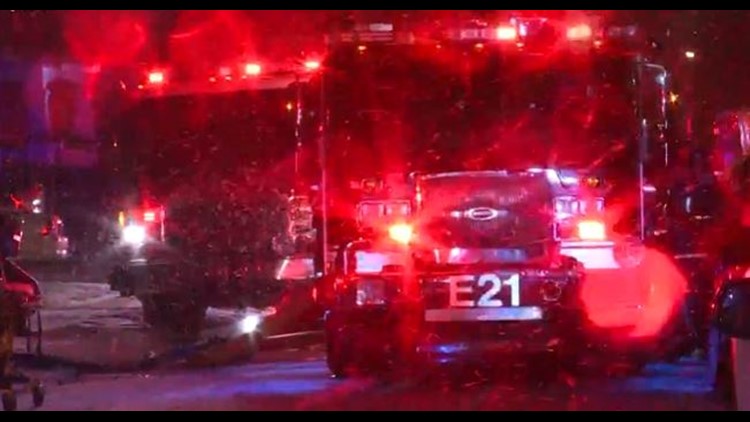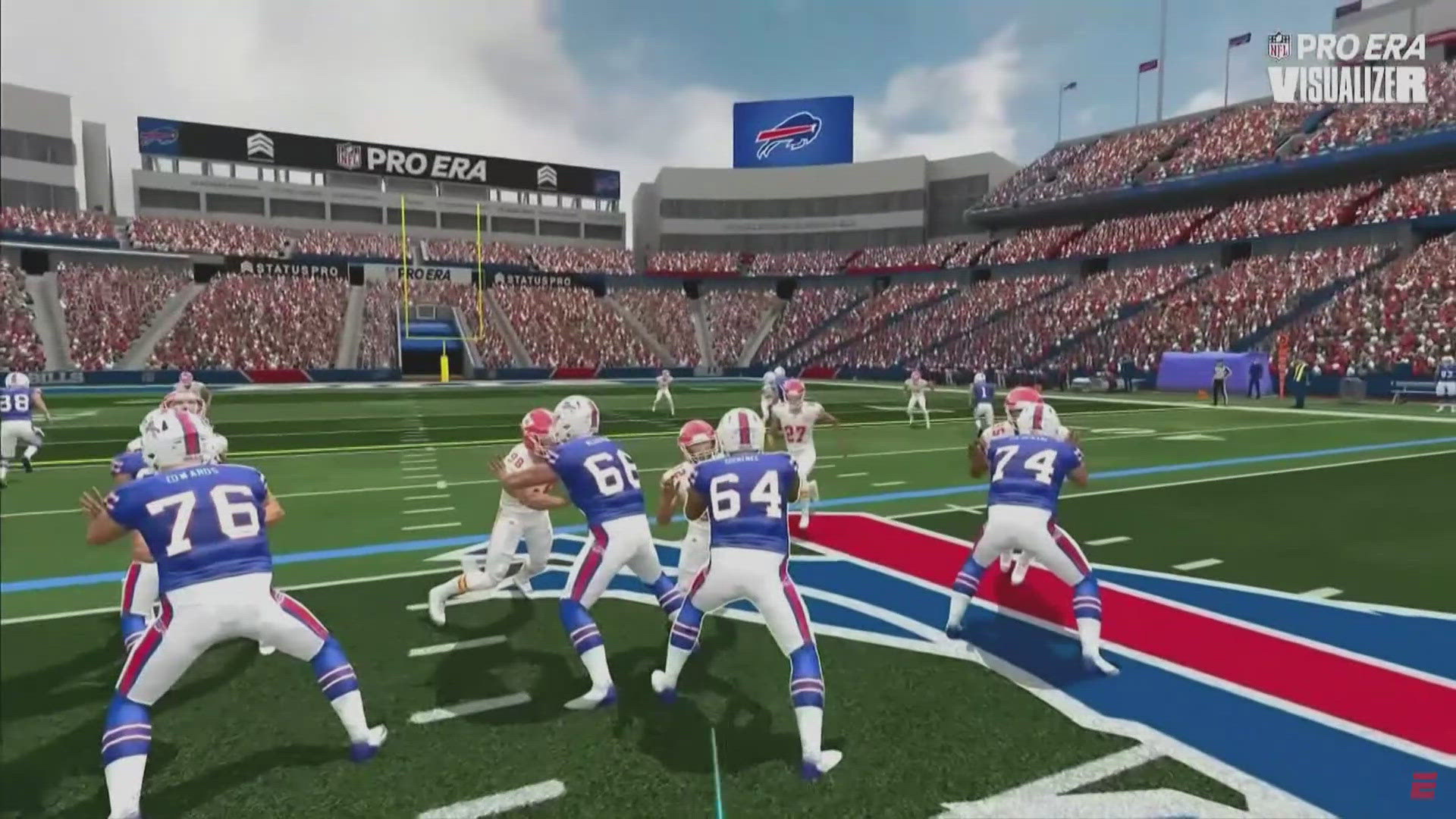BUFFALO, N.Y. — A Buffalo firefighter, who was one of four injured while trying to put out a house fire last year, is suing the owner of the home.
Firefighter Gregory Blum suffered burns to his face, head, torso and trunk, according to the lawsuit, while responding with Engine 21 to the fire at 84 Butler Avenue on January 10, 2019. In addition, the suit claims that Blum suffers from PTSD as a result of the ordeal.
The lawsuit claims the owner of the home, listed in court papers as Mosammet Akter of Brooklyn, was negligent in failing to properly maintain and repair the structure.
The suit further alleges the fire was the result of recent work on the home, either done by Akter or someone he hired, wherein electrical lines, wires and structures in the attic (where the fire started) were moved.
The "Fireman's Rule"
For many years, under the so called “Fireman’s Rule," on-duty firefighters were considered as having assumed the risk of working in conditions where they deliberately encountered certain types of hazards inherent to their job.
The theory was that they assumed this risk in exchange for compensation of salary, disability/worker's compensation and pension benefits.
Thus, under the “Fireman's Rule," a property owner was not liable to a firefighter for injuries sustained while fighting a fire.
However, in 1996 the state began allowing firefighters to sue private defendants under the General Obligations Law, and collect damages from “the person or entity whose neglect, willful omission, or intentional, willful or culpable conduct result in injury, disease or death.”
The statute is cited in Blum’s lawsuit claiming damages.
Not the First Lawsuit from this Fire
In August of 2019, Blum’s fellow Engine 21 firefighter Eric Whitehead filed suit in connection the same fire, during which Whitehead suffered severe burns to both of his hands, which resulted in his having to spend six weeks in a hospital burn unit while undergoing several surgeries.
According to Whitehead, he’d been struck by a falling object while attacking the fire in the attic and became so isolated and disoriented, that he was unable to press his “man down” button, and in a desperate attempt to do so, removed his firefighting gloves which resulted in his hands being burned.
Still unable to send out a mayday signal, Buffalo Fire Commissioner William Renaldo said Whitehead relied on his training in order to save his own life.
"He got down in a prone position and tried to exercise shallow breathing to extend his air supply and stay there till help arrived and it did quickly," Renaldo said on the day after the fire.
According to Renaldo, other firefighters found their fallen comrade within a couple of minutes, and one of them was then able to send out the mayday call.
However, in his case, Whitehead filed his claim against the City of Buffalo and its fire department claiming those entities of "negligence, carelessness and recklessness."
At the time when Whiteheads yet unresolved lawsuit was filed, a source told 2 On Your Side the Buffalo Fire Department follows the OSHA policy of "two in, two out," which keeps firefighters from ending up alone in dangerous situations. A state investigation found Whitehead's fellow firefighter violated that rule.
In his lawsuit, Whitehead appears to indicate that the fellow firefighter who evacuated the building without him was Blum.



